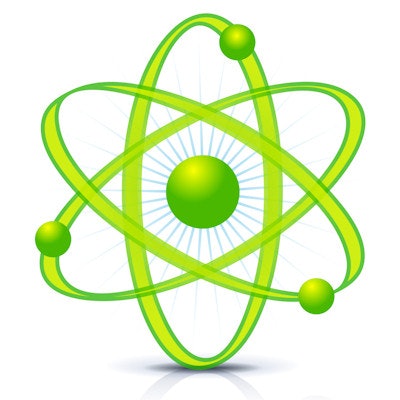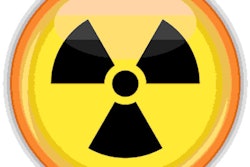
Radiation from a radiopharmaceutical used to treat a patient who later died contaminated equipment at an Arizona crematorium in 2017, according to a research letter published in the Journal of the American Medical Association.
The patient was a 69-year-old man with a pancreatic neuroendocrine tumor who was treated with 193.6 mCi of intravenous lutetium-177 (Lu-177) DOTATATE at a hospital in Arizona. He subsequently died of his underlying disease and was cremated five days after the treatment, according to a group led by Dr. Nathan Yu of the Mayo Clinic in Phoenix (JAMA, February 26, 2019, Vol. 321:8, pp. 803-804).
When the treating physicians and radiation safety officer became aware of the patient's death, the crematorium was notified, and a radiation survey was performed of the empty cremation chamber and equipment. A urine sample also was obtained from the crematory operator. The survey occurred approximately one month after the patient's death.
The survey found that the crematory equipment -- including the oven, vacuum filter, and bone crusher -- was emitting radiation in a range of 5,000 to 25,000 counts per minute, with the radioactivity primarily coming from Lu-177. The maximum exposure rate was 7.5 mR per hour on direct contact with the radiation detector.
There were no detectable levels of Lu-177 in the urine of the crematory operator, but there were detectable levels of technetium-99m (Tc-99m), a radioisotope commonly used in nuclear medicine exams. The operator had never received Tc-99m, however, as part of a nuclear medicine exam.
"It is plausible that the crematory operator was exposed to volatilized technetium Tc-99m while cremating other human remains," the authors noted. "Cremating an exposed patient volatilizes the radiopharmaceutical, which can then be inhaled by workers (or released into the adjacent community) and result in greater exposure than from a living patient."
On the positive side, the authors noted that given the short half-lives of the radioisotopes and the radiation levels recorded in the study, it's likely that no one was exposed to more than 1 mSv of radiation -- the total effective dose equivalent annual limit for members of the public set by the U.S. Nuclear Regulatory Commission.
But the case illustrates the need for more studies to understand the frequency and scope of radiation exposure for employees at crematoriums in the U.S., especially given the country's cremation rate of over 50% as of 2017. In addition, safety protocols for radiopharmaceuticals should be developed that include postmortem management of patients, such as evaluating radioactivity in patients who have died and standard notification of crematoriums. Notification standards can vary by state; for example, Arizona has no rules requiring that crematoriums be informed that patients may have received a radiopharmaceutical.




















